
Isluga National Park
Discover the stark beauty of Isluga National Park, a high-altitude desert wonderland with volcanoes, lagoons, and unique wildlife.
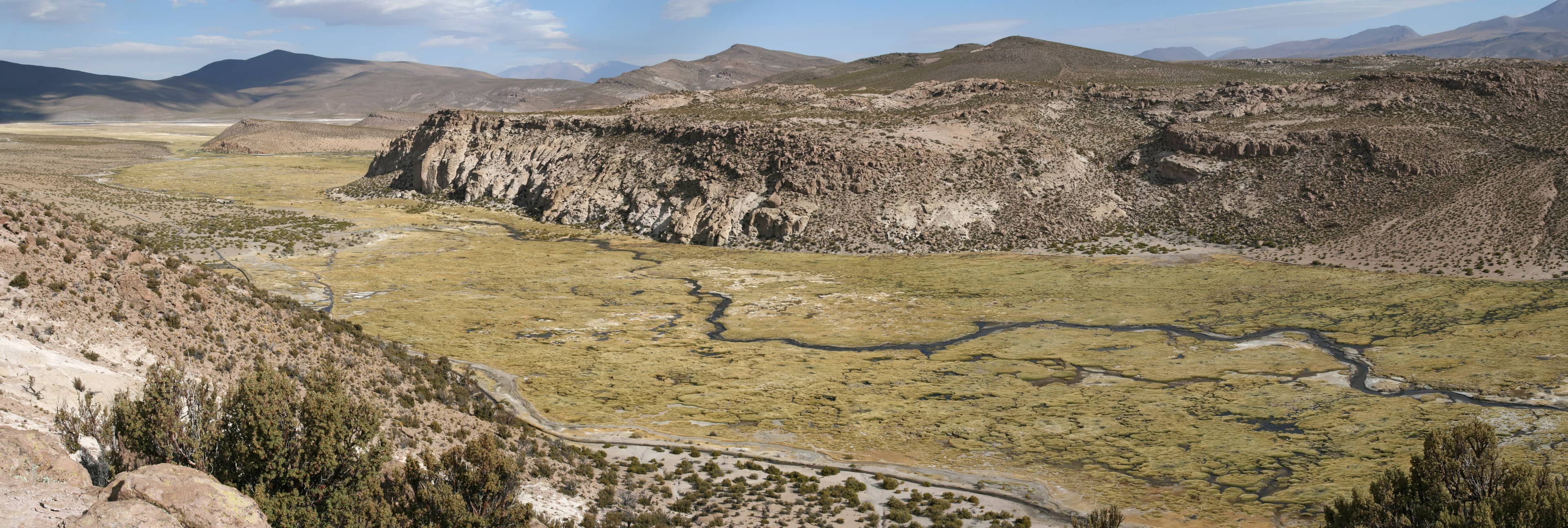
Highlights
Must-see attractions
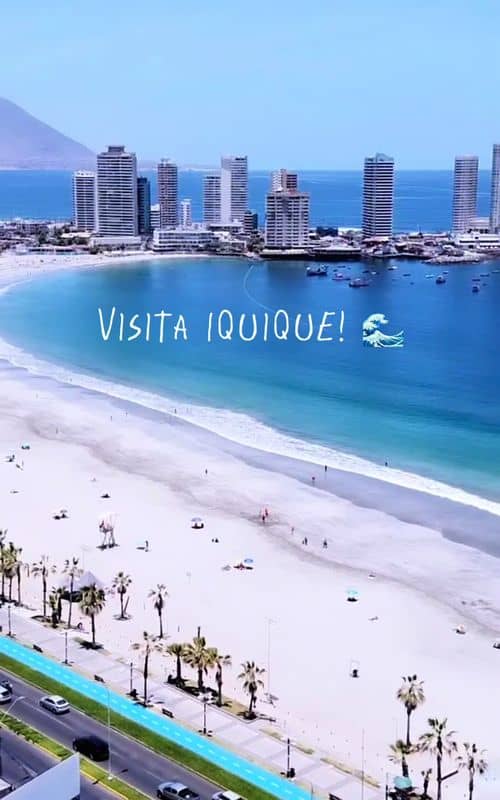
Social
From TikTok & Reddit
Best Time
Clear skies, best for views

Isluga National Park
Best Time
Clear skies, best for views

Highlights
Must-see attractions
Discover the stark beauty of Isluga National Park, a high-altitude desert wonderland with volcanoes, lagoons, and unique wildlife.
"Amazing park and worth the visit. Just be careful about gas to get back home."
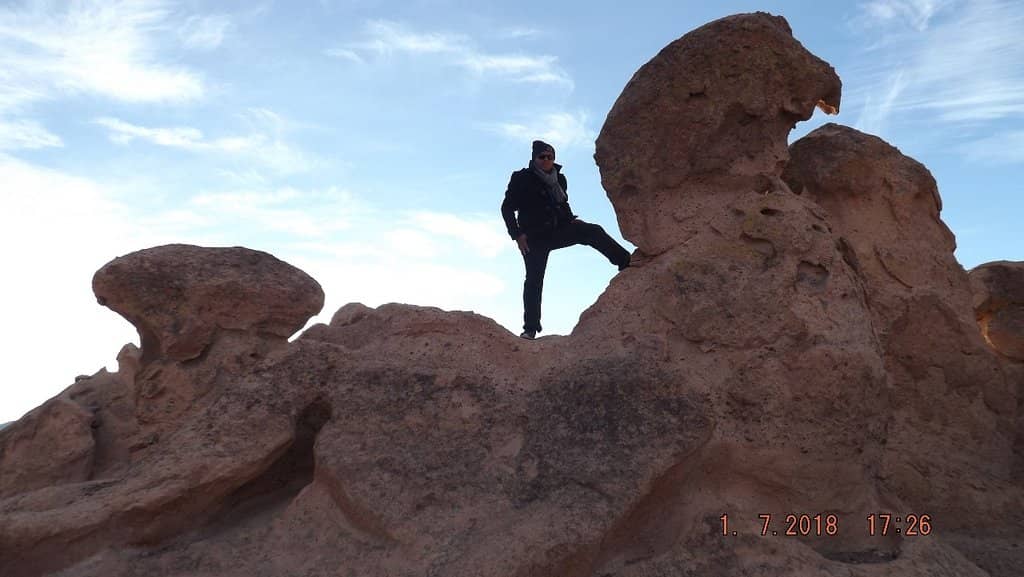
⛽ Fill Up Your Tank!
Gas stations are rare. Ensure your vehicle has a full tank before entering the park. Carry extra fuel just in case!
💧 Hydrate & Acclimatize
The high altitude can be tough. Spend time in Iquique first to adjust. Drink plenty of water.
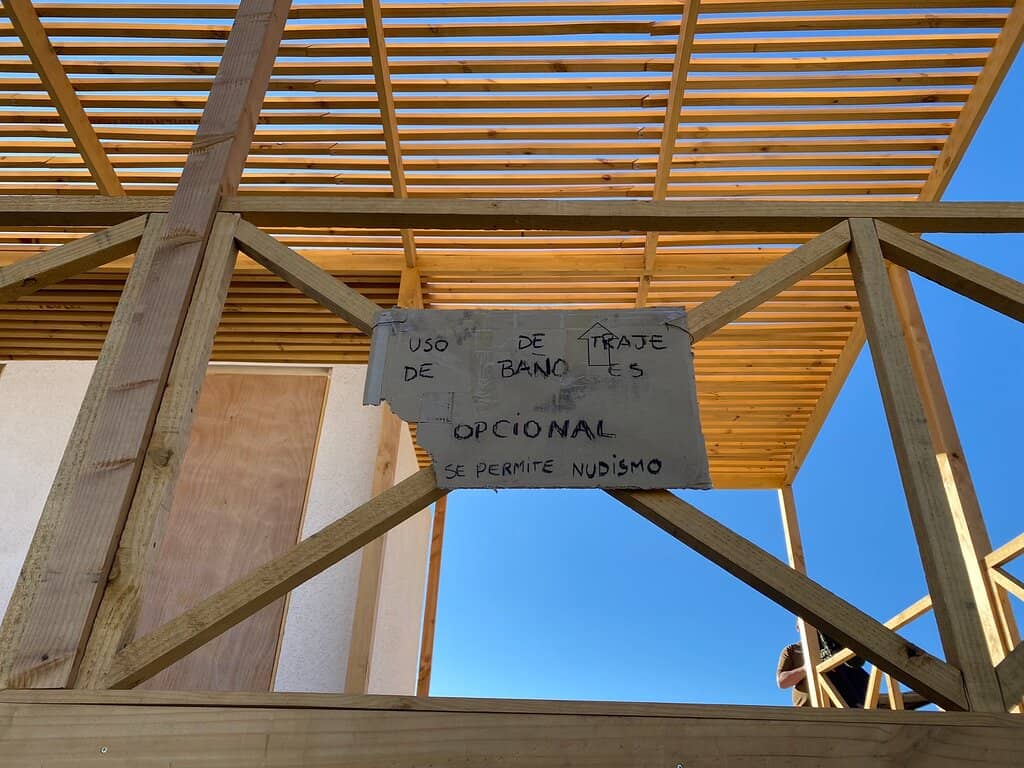
Highlights
Discover the most iconic attractions and experiences

Volcán Isluga
Central area of the park
Majestic stratovolcano offering breathtaking panoramic views of the Altiplano.
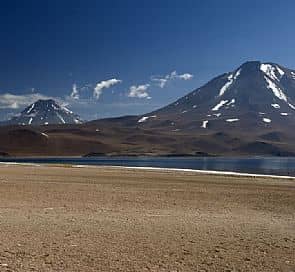
Lagunas Altiplánicas
Various locations within the park
Serene high-altitude lakes reflecting the dramatic Andean landscape, often dotted with flamingos.
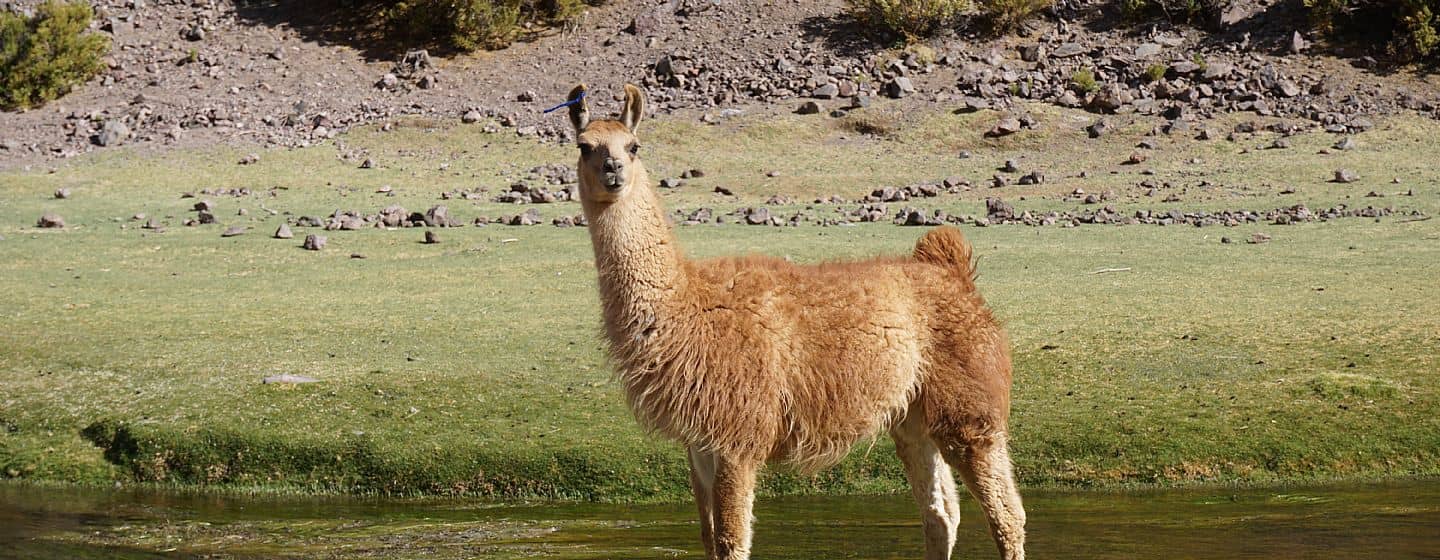
Wildlife Encounters
Throughout the park
Spot rare cacti, vicuñas, llamas, alpacas, and diverse birdlife in their natural high-altitude habitat.
Plans like a pro.
Thinks like you
Planning Your Visit
Altitude & Acclimatization
Fuel Up & Stay Connected
Best Times
Insider Tips
from TikTok, Instagram & Reddit
⛽ Fill Up Your Tank!
Gas stations are rare. Ensure your vehicle has a full tank before entering the park. Carry extra fuel just in case!
💧 Hydrate & Acclimatize
The high altitude can be tough. Spend time in Iquique first to adjust. Drink plenty of water.
📵 No Wi-Fi, No Problem
Expect no cell service or Wi-Fi. Download offline maps and inform others of your itinerary.
🧥 Dress in Layers
Temperatures fluctuate wildly. Pack warm layers, a hat, and sunscreen for sun protection.
Tips
from all over the internet
⛽ Fill Up Your Tank!
Gas stations are rare. Ensure your vehicle has a full tank before entering the park. Carry extra fuel just in case!
💧 Hydrate & Acclimatize
The high altitude can be tough. Spend time in Iquique first to adjust. Drink plenty of water.
📵 No Wi-Fi, No Problem
Expect no cell service or Wi-Fi. Download offline maps and inform others of your itinerary.
🧥 Dress in Layers
Temperatures fluctuate wildly. Pack warm layers, a hat, and sunscreen for sun protection.
🥾 Sturdy Footwear Needed
You'll be doing some walking and potentially light trekking. Comfortable, sturdy shoes are a must.
What Travellers Say
Reviews Summary
Visitors rave about the stunning, otherworldly landscapes and profound silence of Isluga National Park. The abundant wildlife and incredibly starry nights are major highlights. However, the extreme remoteness, lack of services, and the need for careful preparation regarding fuel and altitude are frequently mentioned challenges.
"A very beautiful park in the north of Chile's first region, just south of Salar de Surire. Don't skip this park!"
Hein van Leeuwen
"Amazing park and worth the visit. Just be careful about gas to get back home"
Steven Menhorn
"Amazing views"
michal czeiger
What People Like
What People Dislike
Frequently Asked Questions
🚇 🗺️ Getting There
The most common way to reach Isluga National Park is by car from Iquique. The drive takes approximately 3-4 hours, depending on road conditions and your starting point. You'll typically take Route 15-CH towards Huara, then connect to other routes heading east into the Altiplano. It's crucial to have a reliable vehicle, preferably a 4x4, and ensure your fuel tank is full before departing, as services are extremely limited.
Visiting Isluga National Park without a car is challenging. While some tours might operate from Iquique, independent travel is best done with your own vehicle. Public transportation options are very limited in this remote region. If you opt for a tour, ensure it includes sufficient time for exploration and acclimatization.
Road conditions can vary significantly. While main routes might be paved or well-maintained gravel, internal park roads can be rough, unpaved, and prone to washouts, especially after rain. A 4x4 vehicle is highly recommended for navigating the park comfortably and safely. Always check local conditions before your trip.
Yes, there is typically an entrance fee for Isluga National Park. The exact amount can vary, so it's advisable to check the official CONAF (Corporación Nacional Forestal) website or inquire locally for the most up-to-date information on fees and operating hours.
Navigating within the park is best done with a good offline map application on your smartphone or a dedicated GPS device. Road signage can be minimal. Familiarize yourself with the park's layout and key points of interest before you go.
🎫 🎫 Tickets & Entry
Isluga National Park is generally open year-round, but specific hours for visitor centers or access points can vary. It's best to check the official CONAF website or contact local authorities for the most current operating hours, especially during holidays or specific seasons.
Advance booking for general entry to Isluga National Park is usually not required, but it's always a good idea to check the latest regulations. For specific guided tours or activities, booking in advance might be necessary.
Entrance fees for national parks in Chile are subject to change. While specific figures aren't always readily available online, expect a modest fee per person or per vehicle. It's wise to have some Chilean pesos on hand for payment.
Certain areas within Isluga National Park might have restricted access due to environmental sensitivity, ongoing conservation efforts, or safety concerns. Always adhere to posted signs and park ranger instructions to protect the fragile ecosystem.
While the park itself is generally accessible, it's advisable to plan your visit during daylight hours. Driving in remote areas at night can be hazardous due to poor visibility and unmarked roads. Visitor centers, if available, will have specific operating hours.
🎫 🧭 Onsite Experience
Isluga National Park is home to a variety of unique high-altitude wildlife. You might spot vicuñas, llamas, alpacas, and various species of birds, including flamingos in the lagoons. Keep an eye out for rare cacti species adapted to the arid environment.
Yes, there are opportunities for hiking and trekking in Isluga National Park, though trails may not be formally marked or maintained like in more developed parks. The terrain can be challenging due to altitude and ruggedness. Always be prepared with appropriate gear and inform someone of your plans.
The summit areas around Volcán Isluga offer spectacular panoramic views. The shores of the high-altitude lagoons also provide stunning vistas, especially during sunrise and sunset. Many viewpoints are accessible by car, while others require short hikes.
Isluga National Park is generally safe for visitors who are well-prepared. The primary concerns are altitude sickness, the remote location (ensure you have enough fuel and supplies), and potentially challenging road conditions. Always travel with a full tank of gas and inform someone of your itinerary.
Pack layers of clothing for fluctuating temperatures, a warm hat, gloves, sunscreen, sunglasses, and lip balm. Bring plenty of water and snacks, as amenities are scarce. A first-aid kit, sturdy hiking boots, and a camera are also essential. Don't forget extra fuel!
🍽️ 🍽️ Food & Dining
No, there are no restaurants or food services available within Isluga National Park. Visitors must bring all their own food and drinks. Plan your meals and snacks accordingly, and be sure to pack out all trash.
Food options are extremely limited in the immediate vicinity of the park. The closest towns with basic services, including small eateries, would be Colchane or Huara, which are still a significant drive away. It's best to stock up on supplies in Iquique before your visit.
For a day trip, pack non-perishable, easy-to-eat items like sandwiches, trail mix, fruits, energy bars, and plenty of water. If you're planning an overnight stay, bring meals that can be prepared with minimal equipment.
Yes, picnicking is a great way to enjoy the scenery. There are no designated picnic areas, so find a scenic spot and be sure to practice Leave No Trace principles by packing out everything you bring in.
While not directly within the park, in towns like Colchane or along the routes, you might find very basic local fare. However, the focus for visitors to Isluga is usually on the natural landscape rather than culinary experiences.
📸 📸 Photography
The 'golden hours' around sunrise and sunset offer the most dramatic lighting for photography, casting long shadows and vibrant colors across the landscape. Midday can be harsh, but the stark beauty of the desert and volcanoes can still be captured.
A wide-angle lens is excellent for capturing the vast landscapes and panoramic views. A telephoto lens can be useful for wildlife photography. Consider a sturdy tripod for low-light conditions and long exposures, especially for astrophotography.
Don't miss capturing the reflections in the high-altitude lagoons, the imposing silhouette of Volcán Isluga, the unique textures of the desert flora, and the starry night sky, which is exceptionally clear due to the lack of light pollution.
Be patient and respectful when photographing wildlife. Use a telephoto lens to avoid disturbing the animals. Early morning and late afternoon are often the best times to spot them. Remember to maintain a safe distance.
The main challenges include the high altitude affecting stamina, extreme temperature fluctuations, dust and wind, and the lack of services. Ensure your gear is protected from the elements and carry extra batteries as cold can drain them quickly.
For Different Travelers
Tailored advice for your travel style
👨👩👧 Families with Kids
🚗 Road Trip Enthusiasts
🌌 Stargazers & Astrophotographers
Deep Dives
In-depth insights and expert knowledge
Navigating the Altiplano: Driving & Fuel
Consider the altitude when planning your driving. The high elevation can affect vehicle performance and your own ability to concentrate. Take breaks, stay hydrated, and drive cautiously. If you encounter any issues, help might be a long way off. Informing someone of your itinerary and expected return time is a vital safety precaution. The stunning scenery is well worth the effort, but preparation is key to a successful and enjoyable adventure in this unique high-altitude environment.
Embracing the Silence: Wildlife & Nature
When exploring, remember that you are a guest in this delicate ecosystem. Maintain a respectful distance from wildlife and avoid feeding them. Stick to designated paths where available, and practice Leave No Trace principles by packing out all your trash. The park's remoteness means minimal human impact, preserving its pristine beauty. The stunning night skies, free from light pollution, are another incredible natural spectacle, making stargazing a must-do activity for many visitors.
Capturing the Altiplano: Photography Tips
For wildlife photography, patience is key. Bring a telephoto lens to capture vicuñas, llamas, and birds without disturbing them. Early mornings and late afternoons are often the most active times for animals. Be prepared for extreme weather conditions. Dust and wind can be significant factors, so protect your camera gear. Cold temperatures can also drain batteries quickly, so carry spares. A wide-angle lens is excellent for sweeping vistas, while a tripod can be invaluable for low-light shots and capturing the incredible night sky. Remember to download offline maps and have a backup power source for your devices, as services are non-existent.



Social
from TikTok, Instagram & Reddit